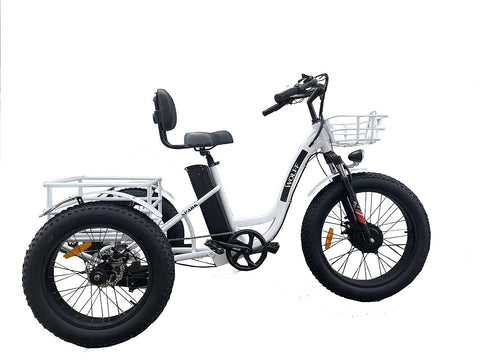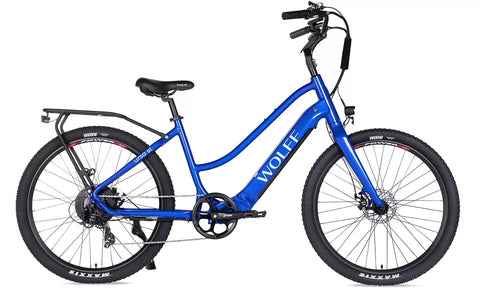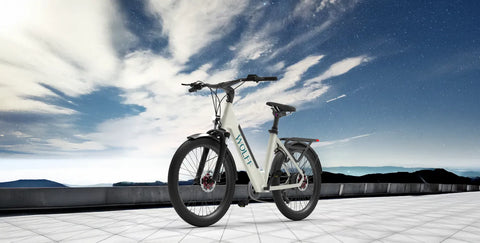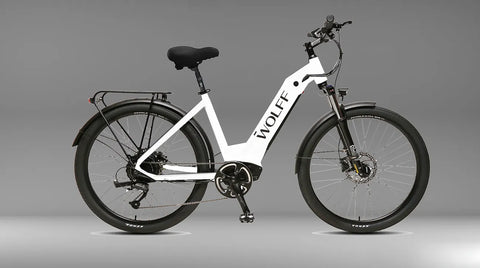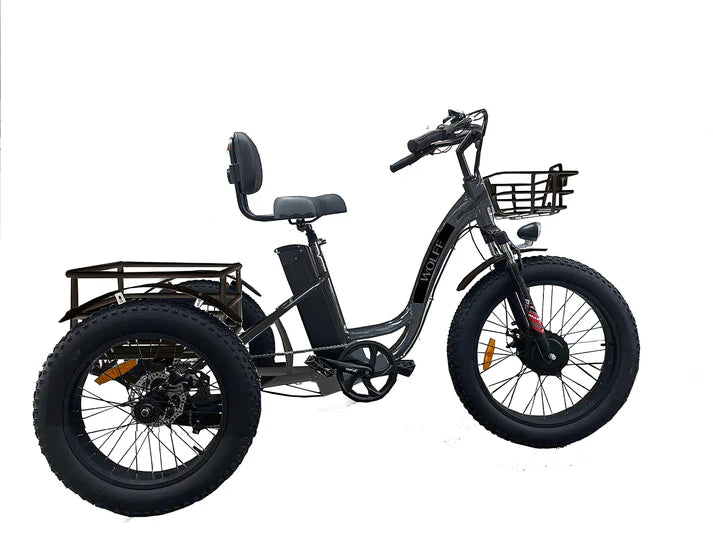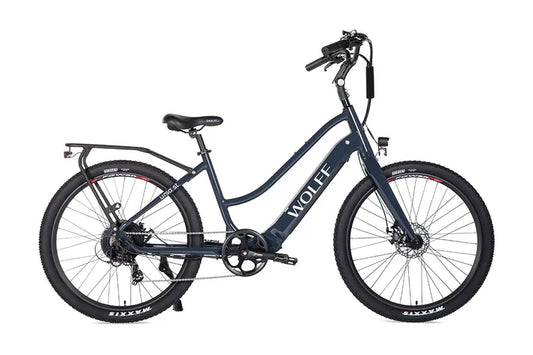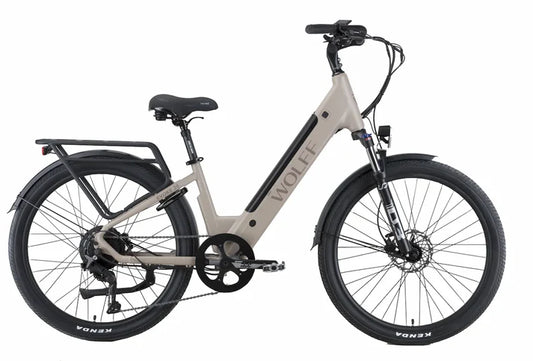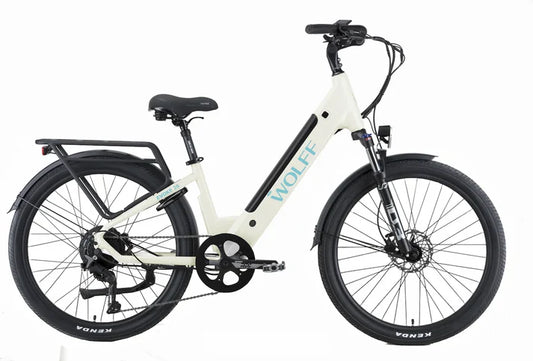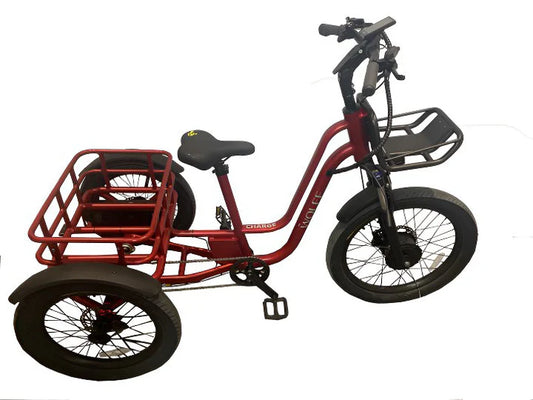How Do Pedal Sensors Work in an Electric Bike?
Electric bikes, also known as e-bikes, have become increasingly popular in recent years as an eco-friendly and efficient mode of transportation. One of the key components that make an electric bike function is the pedal sensor. But how exactly do pedal sensors work in an electric bike? Let's delve into the details.
What is a Pedal Sensor?
A pedal sensor in an electric bike is a device that detects the rotation of the bike's pedals. This detection is crucial for engaging the motor to provide assistance to the rider. The sensor sends signals to the motor controller, which then determines the amount of assistance to be provided based on the rider's input.
Types of Pedal Sensors
There are two main types of pedal sensors used in electric bikes:
- Speed Sensors: These sensors detect the rotation speed of the pedals and provide assistance based on the speed at which the rider is pedaling.
- Torque Sensors: Torque sensors measure the force applied to the pedals by the rider. The amount of assistance provided is proportional to the force exerted by the rider.
How Do Pedal Sensors Enhance the Riding Experience?
By effectively detecting the movement of the pedals, pedal sensors in electric bikes offer several benefits:
- Seamless Assistance: Pedal sensors enable a smooth transition between pedaling and motor assistance, providing a more natural riding experience.
- Efficient Power Management: The sensors help optimize energy consumption by providing assistance only when needed, thereby extending the bike's range.
- Customizable Assistance Levels: Riders can often adjust the assistance level based on their preference and riding conditions, thanks to pedal sensors.
- Enhanced Safety: With instant assistance available when needed, pedal sensors contribute to a safer riding experience, especially in challenging terrains.
Tips for Maintaining Pedal Sensors
To ensure the optimal performance of pedal sensors in your electric bike, consider the following maintenance tips:
- Regular Cleaning: Keep the pedal sensors clean from dirt and debris to prevent any interference with their functionality.
- Check for Loose Connections: Periodically inspect the sensor's connections to ensure they are secure and free of corrosion.
- Calibration: Follow the manufacturer's guidelines for calibrating the pedal sensors to maintain accuracy in detecting pedal movement.
- Professional Service: If you encounter any issues with the pedal sensors, seek assistance from a qualified electric bike technician for repairs or replacements.
In conclusion, pedal sensors play a crucial role in the functionality and efficiency of electric bikes. Understanding how these sensors work can help you appreciate the technology behind e-bikes and make informed decisions when choosing or maintaining one.

